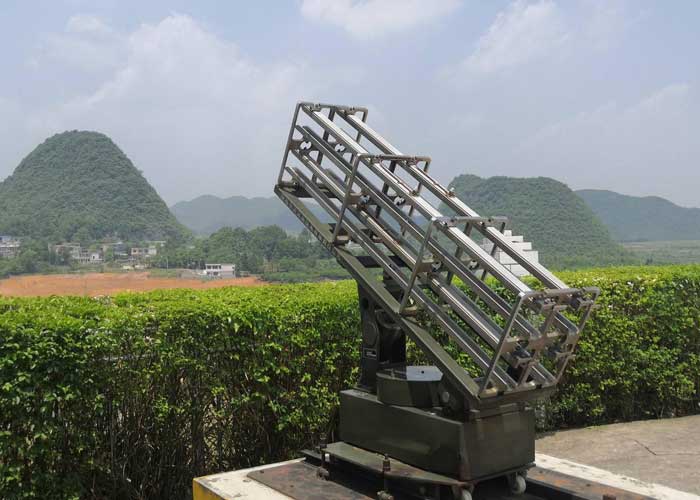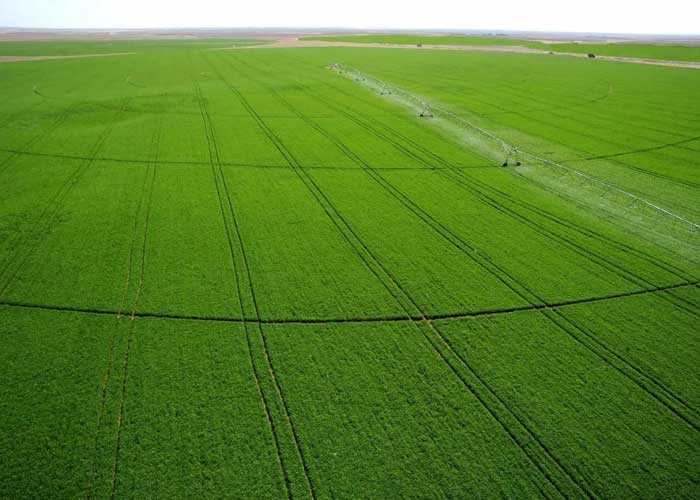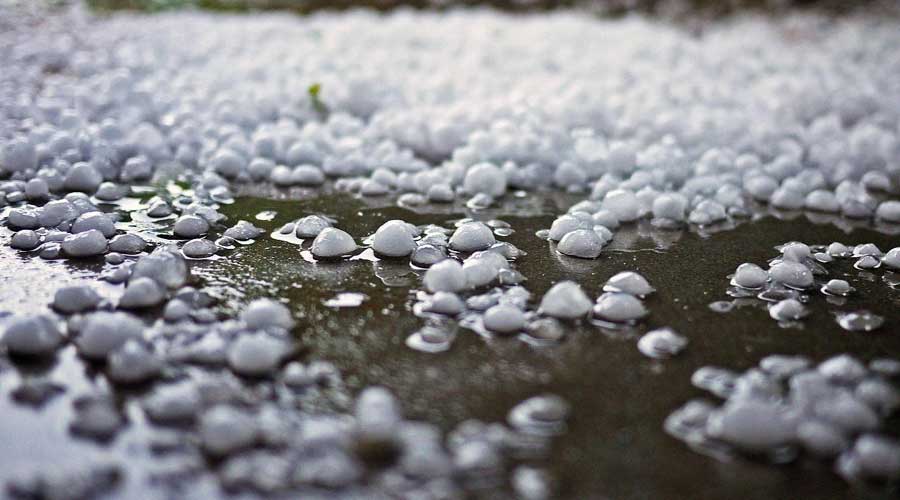Formation conditions
When the water on the surface is vaporized by the sun exposure, and then rises into the air, many many water vapor together, condensed into clouds, at this time the relative humidity is 100%, when encountering cold air is liquefied, to the dust in the air as condensation, the formation of raindrops (tropical rain) or ice crystals (mid-latitude rain), more and more large, when the temperature drops to a certain level, the air is oversaturated with water vapor, so it rains, if encountering cold air and no condensation nuclei, water vapor condensed into ice or snow, that is, snow, if the temperature drops sharply, it will form a larger ice mass, that is, hail.
Distribution Areas
Hail mostly occurs in the mid-latitude inland areas, such as most of Japan in the northern hemisphere, north of the Yangtze River in China, North Korea, southern Russia, five Central Asian countries, Afghanistan and northern parts of Iran and Iraq, Turkey, all countries in Europe except Northern Europe, and the United States and southern Canada. And in the southern hemisphere there are South Africa, Australia (south), New Zealand, Argentina, etc. However, it is less frequent at the equator and the poles, and less frequent on the oceans. In terms of local conditions, hail distribution is more in mountainous areas and less in plains. This is because of the complex topography of mountainous and hilly areas, the large differences in heat exposure, and the development of vertical air movement, which makes hail easier to form.
Hail Hazards
Violent hailstorms destroy crops, damage houses, and often injure people and kill livestock; very large hailstones, even larger than grapefruit, can kill people, destroy large areas of farmland and trees, and destroy buildings and vehicles. It has powerful killing power.
Recognized as the world’s largest hailstone (120 mm long/weight 776 g). The world’s recognized “champion” hailstone, 110-120 mm in diameter (slightly larger than an adult’s fist) and weighing 776 grams, was found in Kansas, USA, on September 3, 1970.
Common methods of hail prevention
1. Sending catalysts
Sending catalysts such as silver iodide, lead iodide and dry ice directly to the clouds by rockets, anti-aircraft guns or aircraft.

2. Planting pasture and trees
Planting pasture and trees in hail-prone areas to increase the forest area, improve the landscape environment and destroy the hail cloud conditions for the purpose of reducing hail damage.

3. Installing hail nets
Installing hail nets for crops in advance. When hail comes, it is also relatively short, but it comes with great force and intensity, and is often accompanied by other weather processes such as gusty winds and heavy rain.




